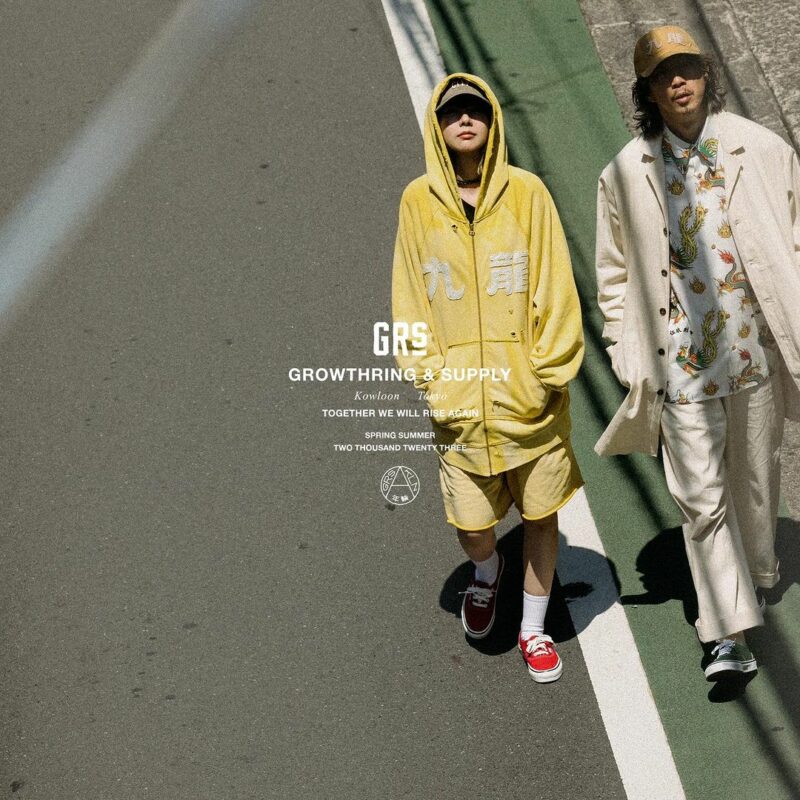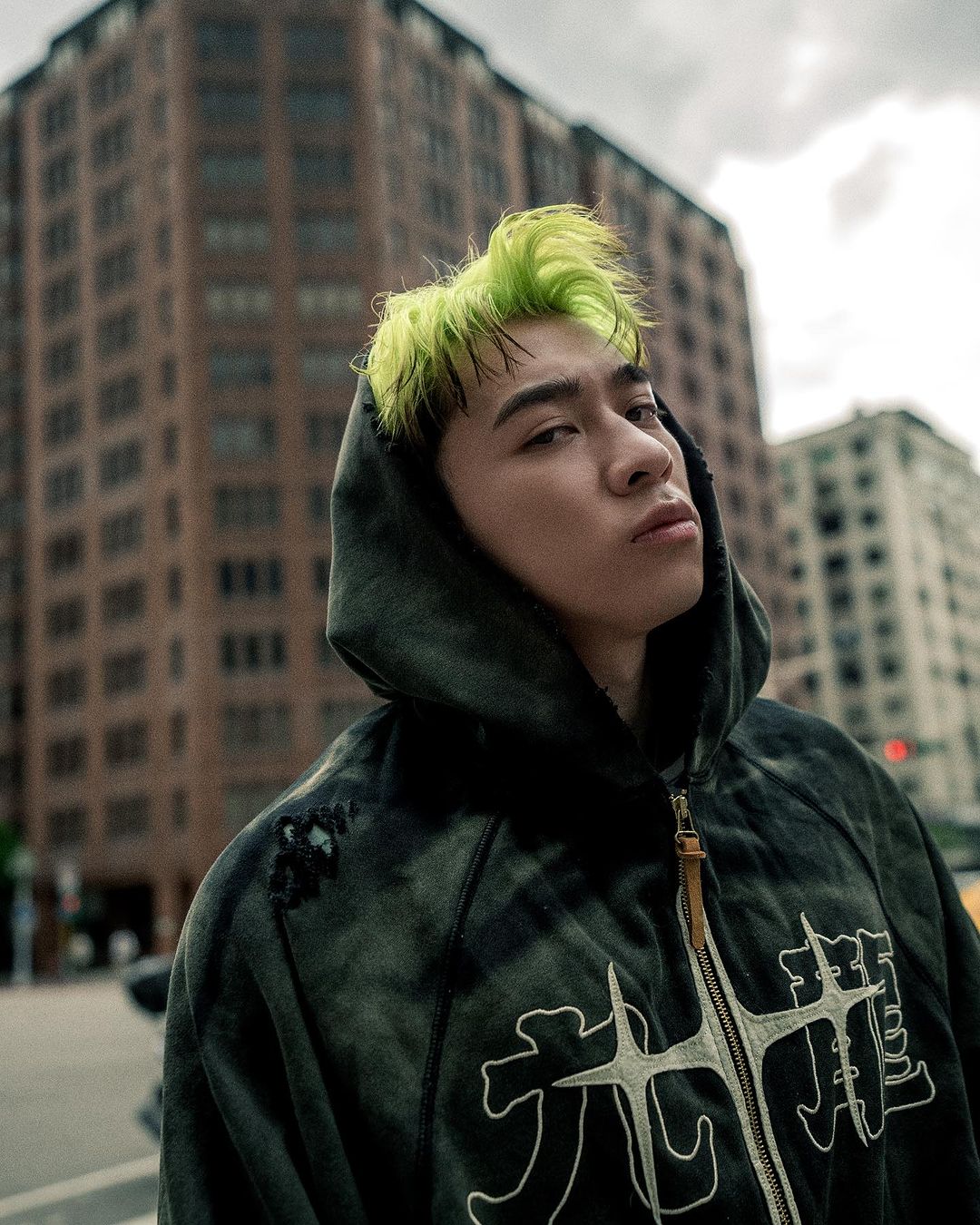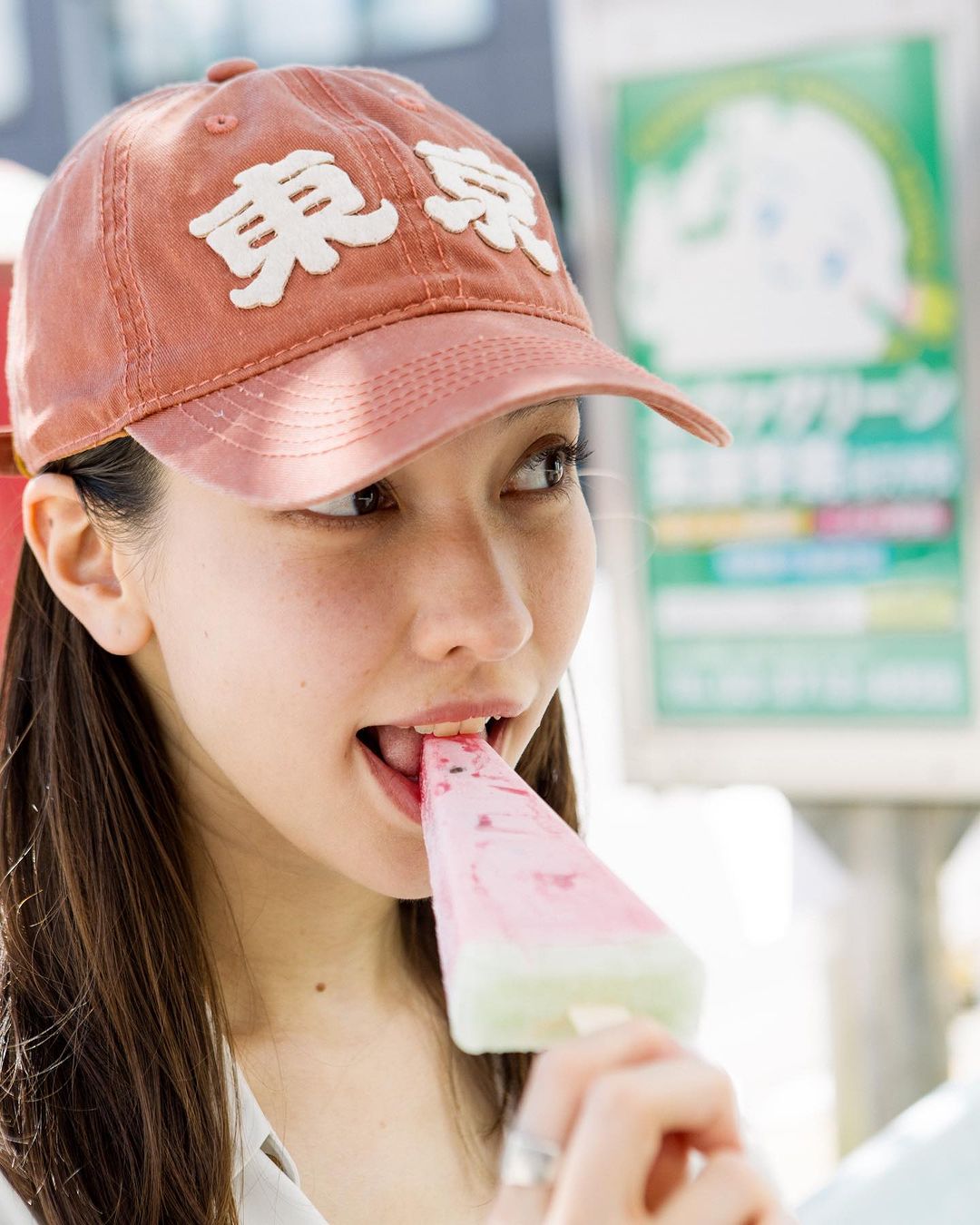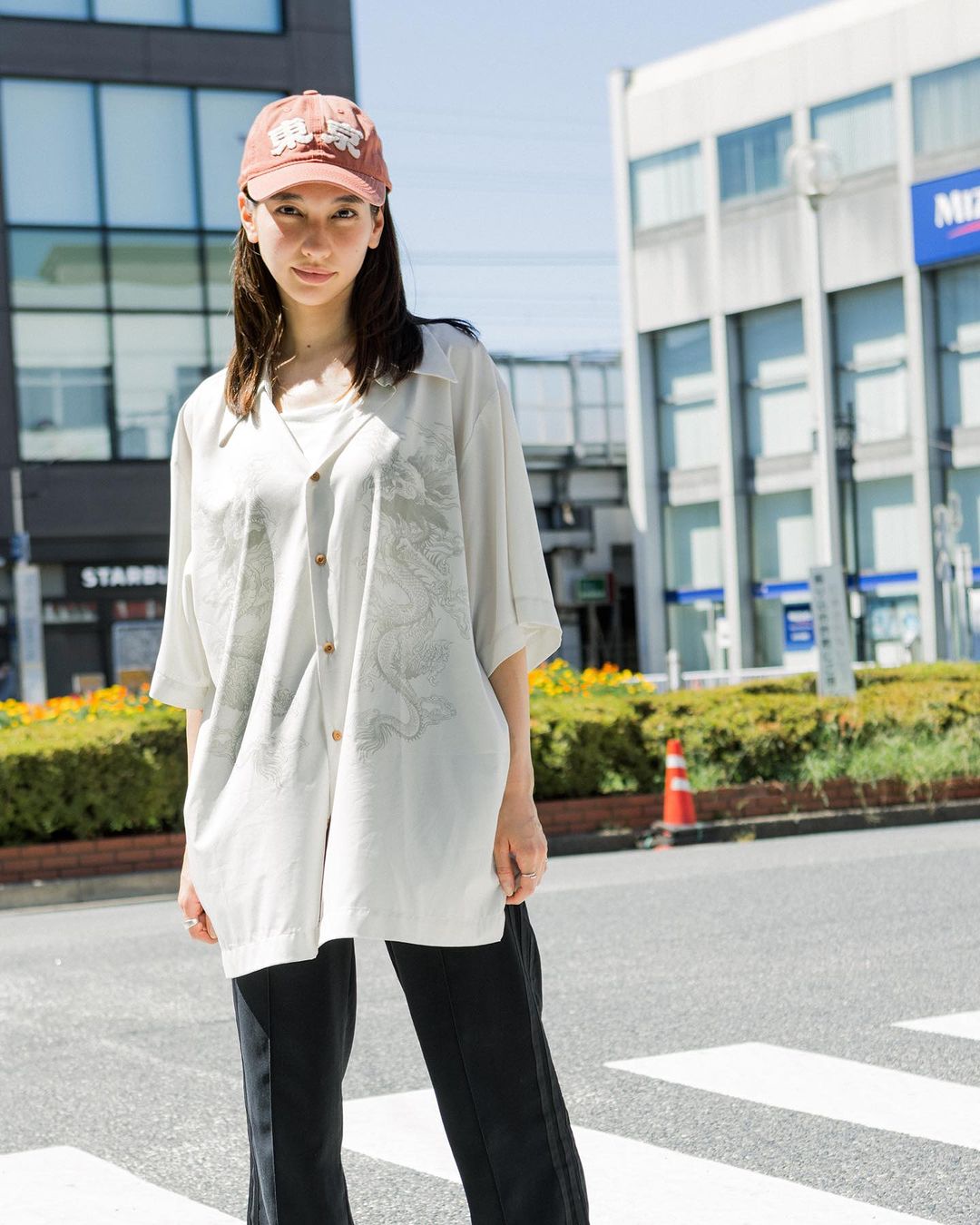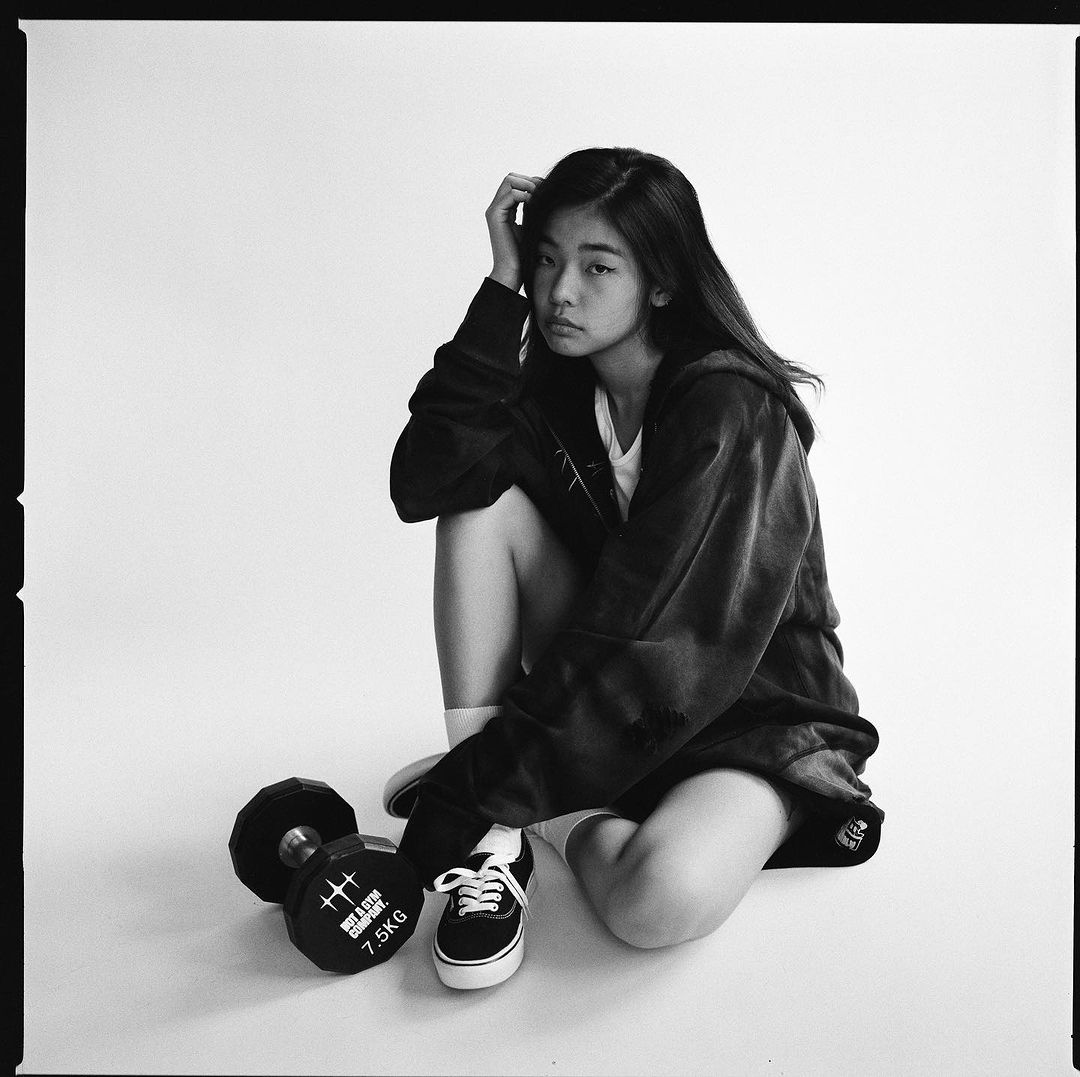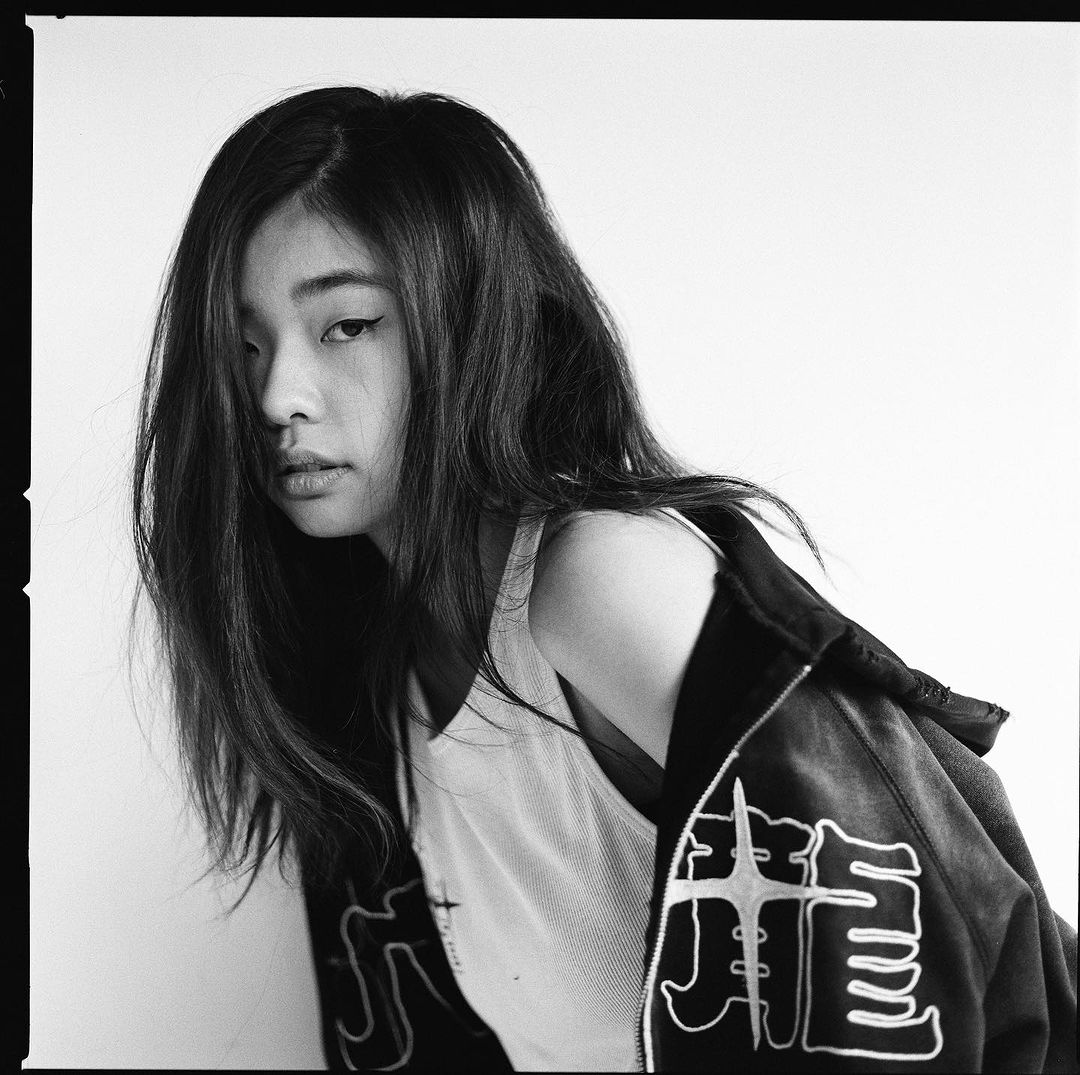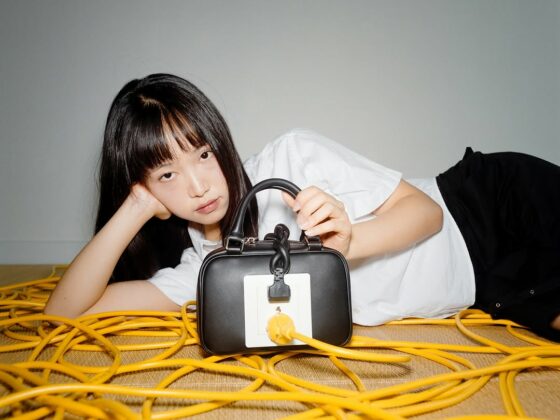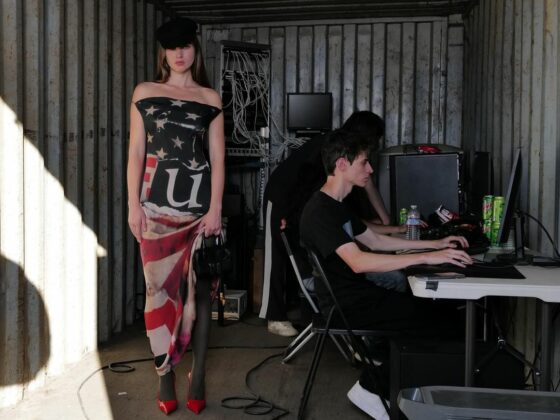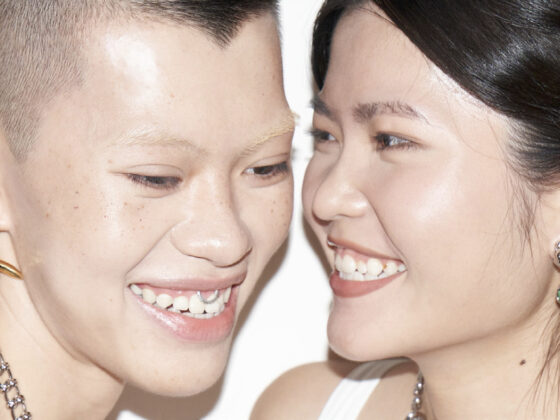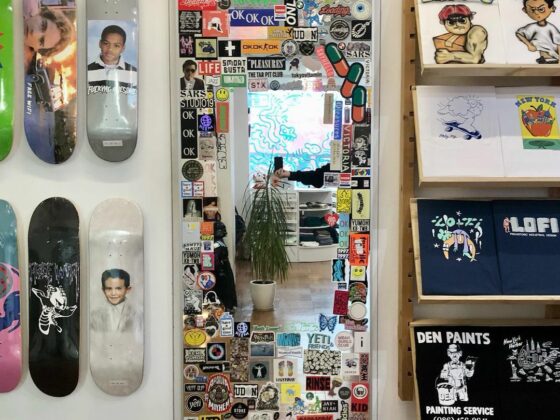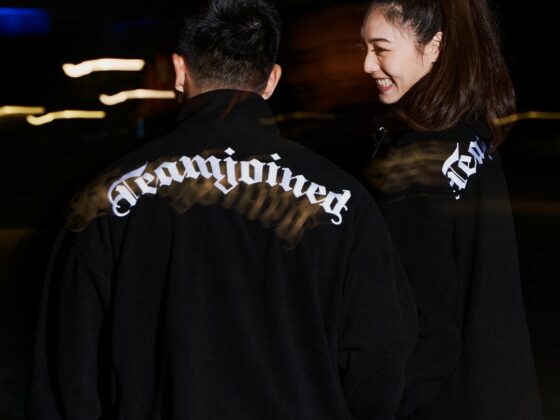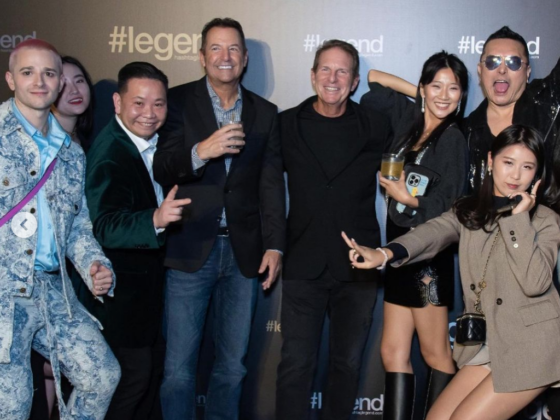Nana: Fashion has infinite possibilities, and new power is born from it. As a carrier of culture and times, fashion encompasses everything. From trendy to traditional culture, from celebrities, idols to everyone’s daily life, and from West to East, it is our discourse, our power, our time. Through Asian Voice, we hope to spread the local Asian fashion culture to the world by moving cross languages and borders.
Upon our initial meeting and business card exchange, Kenji Wong, the founder of GrowthRing & Supply from Hong Kong. presented us with remarkably sturdy copper business cards. Drawing inspiration from Japan’s “once-in-a-lifetime chance(一期一会)” culture, it was evident how highly Kenji values interpersonal connections. Particularly in Tokyo, renowned for its aloofness, the recipient of this business card will likely etch the encounter into their memory permanently.
Nurtured by a multicultural upbringing and traversing through numerous cities in Japan and Hong Kong, his affection for the myriad urban cultures has forged GrowthRing & Supply into a brand infused with a potent blend of diversities. A genuine passion for craftsmanship and authenticity has likewise guided the brand’s central aesthetic, known as the “Genuine Aesthetic.” Let’s delve deeper into the realm of it in this issue of ASIAN VOICE.

When GrowthRing & Supply was originally established as a select shop, what kind of consumer experience and lifestyle do you want to bring to your customers?
Kenji: At that time, the purpose of opening a curated shop was to provide customers with experiences ranging from clothing, furniture, everyday items, and even fragrances. This was intended to help customers recognize the concept of “Authentic Aesthetic.”
What “Authentic Aesthetic” is for GrowthRing & Supply and can you explain how it is reflected in the products you offer?
Kenji: Actually, much like the wording itself, the intention is to restore the original beauty of the products. I have always been influenced by vintage culture in my creations. Aside from conveying the brand’s message, I also aim to recapture the texture of vintage items in the production process. For instance, when we were creating the “Faded” series, it was because I greatly admire the faded sweatshirts that take on a beautiful worn look after years, a sensation that’s been refined by time. Moreover, they become even more beautiful with prolonged use. Therefore, my hope is to present this state of “authentic beauty” in GRS products.
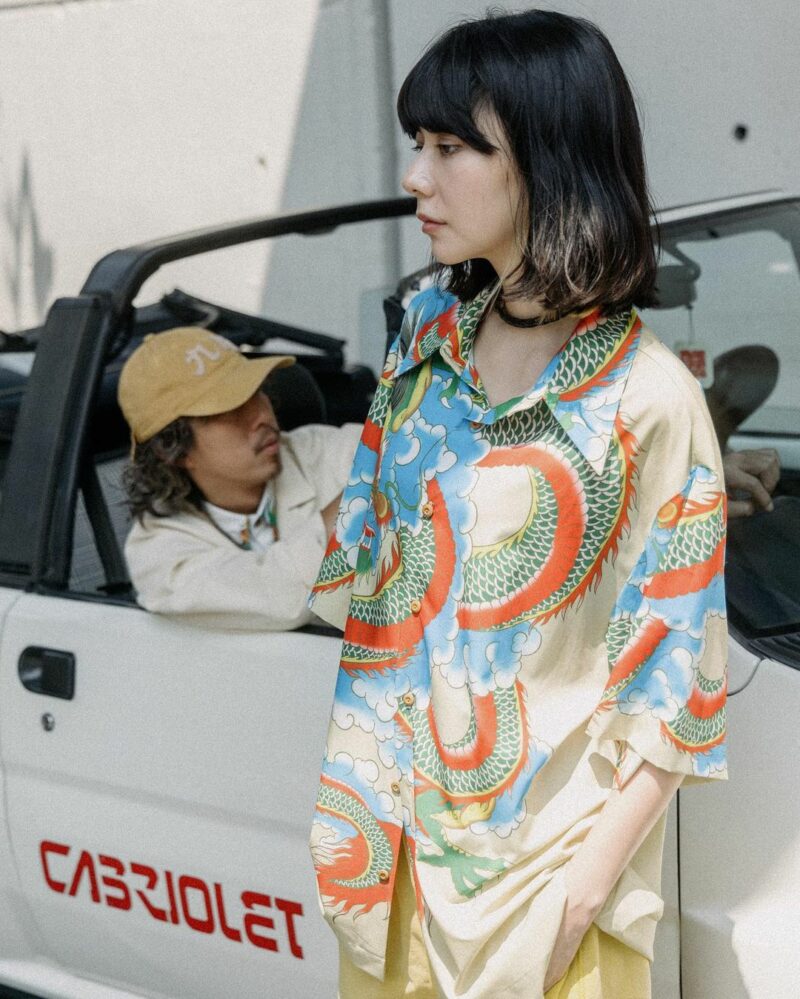
What are some of the most exciting trends and developments you’re currently seeing in the Hong Kong fashion market that you’d like to share with our readers?
Kenji: In recent years, whether in Hong Kong, Japan, or even the United States, the trend of “support your local” has become popular. Customers are inclined to support their local area’s growth and creativity. Especially during times of a pandemic, when customers are unable to travel abroad, they have started redirecting their attention towards products from their own locality.
How do you describe GrowthRing & Supply in three words?
Kenji: Authentic, Timeless and Contagious.
How do you come up with every collection? Has any particular art/style/culture influence the designs of GrowthRing & Supply?
Kenji: Mixed culture has always been the core concept of the brand, as I grew up in a city rich with diverse cultural influences. Particularly, blending histories or cultures from different regions is the foundation I’ve established for the brand’s design.
Is it possible for you to share us the biggest challenge you faced during the process of building GrowthRing & Supply?
Kenji: The biggest challenge lies in the fact that the traditional business model for fashion brands in Hong Kong has relied heavily on mass production and operating with a wide range of styles. When there are too many products, resorting to discounts and rapid sales becomes necessary to maintain healthy operations. However, for me, this approach is not conducive to the brand’s healthy development. Therefore, our brand has always focused on producing limited quantities and has never engaged in discount-driven sales.
The challenge we face is that there are not many factories that are willing to collaborate on limited production runs. As a result, our products are manufactured and processed in different countries. Each product’s production process is more intricate, and finding suitable factories to collaborate with is not easy. Our goal is to increase local production, but this poses significant challenges in terms of both cost and time.
Do you have any advice for our readers who are seeking to find a way to start their own brand in the fashion industry just like you?
Kenji: I believe that one must start by cultivating a genuine passion for something. When establishing a brand with a unique style, it’s important not to merely follow trends. The brand’s philosophy should be consistent inside and out. Managing one’s own brand is a long journey, as it requires a certain level of self-awareness and dedication.
One must start by cultivating a genuine passion for something.
Text by Yiyao Zhang



